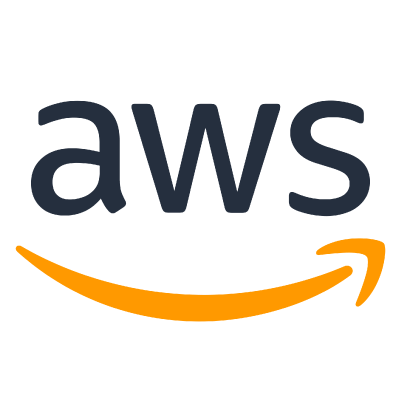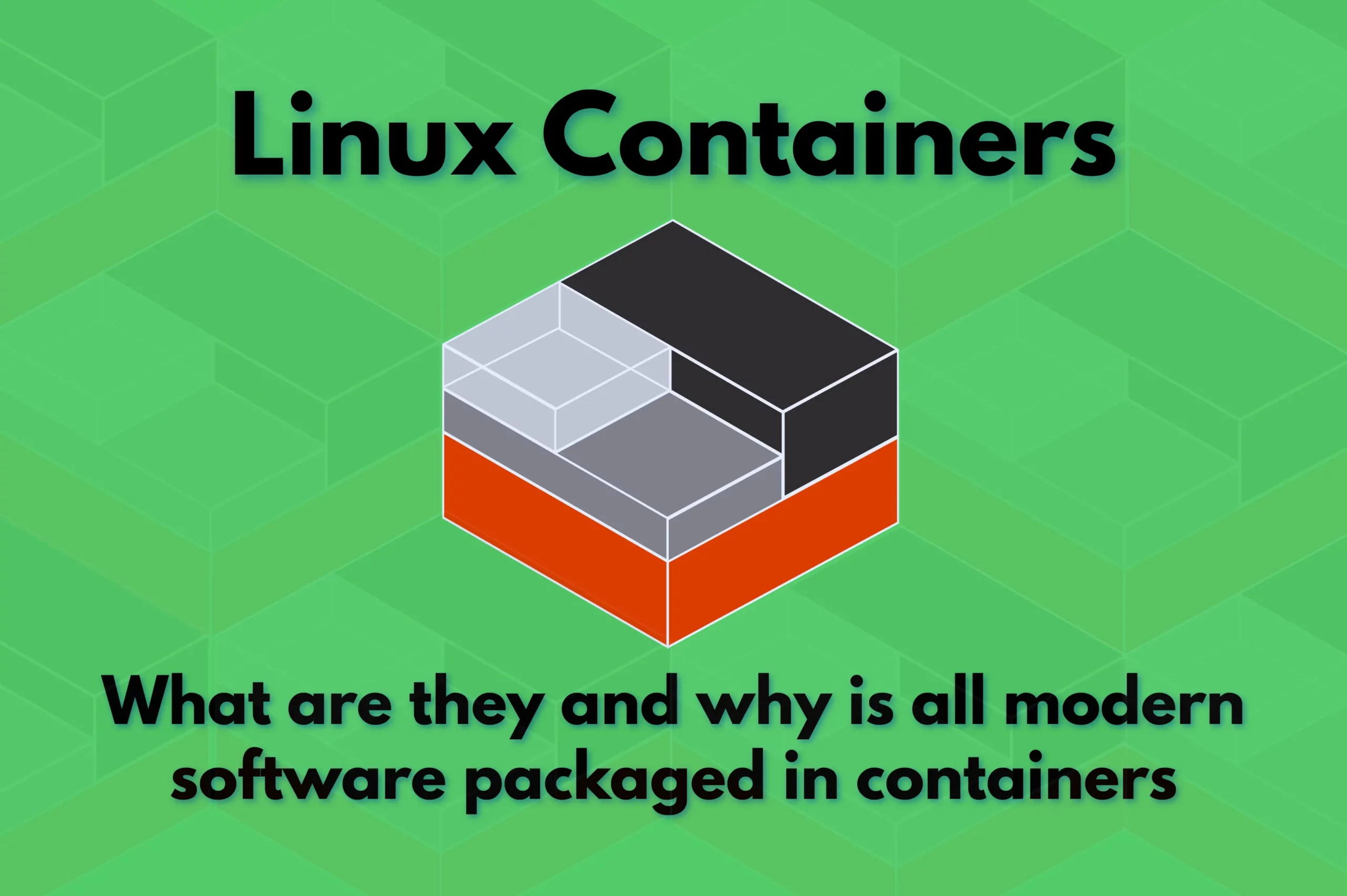New to Cloud?
What is Cloud?
Cloud is a model of delivery of computing resources as a service, where the actual hardware is owned and managed by the Cloud Provider rather than an customer of a Cloud.
What is IaaS / PaaS / SaaS / FaaS ?
Infrastructure as a Service (IaaS) – basic building blocks provided: virtual machines, virtualized networking, load-balancers, block storage devices and other in a service fashion.
Take care about the OS and what is executed, but not the hardware, its setup or maintenance.
(Examples: AWS EC2, AWS ELB, AWS VPC, Oracle Virtual Machines, Oracle Network Load Balancers, etc.)
Platform as a Service (PaaS) – deploy and manage your software on the platform provided.
Don’t care about the server management, Operating System (OS) or the hardware it runs on.
(Examples: Heroku, AWS Beanstalk, Google App Engine)
Software as a Service (SaaS) – software run and managed by the service provider.
“It just works” (Examples: Slack, Google Gmail, Dropbox, Office 365, etc.)
Function as a Service (FaaS) – zero maintenance environment where you only provide code to run.
(Examples: AWS Lambda, Oracle Cloud Functions, Google Cloud Functions, etc.)
What is Serverless?
Serverless (Function as a Service) – provide a code you need to be executed based on event and Cloud provider takes care of the rest. Various runtimes supported (OCI: Java, Python, Ruby, Golang, Node.JS). Only the startup and execution times are metered.
What's a Public / Private / Hybrid / Multi Cloud?
Public – available to any paying company, typically shared by thousands of customers
(Examples: OCI, AWS, GCP, Azure, OVH, Telekom Cloud, etc.)
Private – available to a single tenant or managed by a company for internal use.
(Examples: Rackspace Private Cloud, OVH Private Cloud, VMware Private Cloud, OpenStack, etc.)
Hybrid – combinations of the above.
Multi – multiple Cloud providers of the same type used at once.
Which services are available in the Cloud?
Cloud computing services range from Virtual Machines (VMs), Bare-Metal servers, Block storage and Object storage to Managed Kubernetes, Managed Databases, virtualized routers, load-balancers and more.
What are Region and Availability Zones (AZ)?
Regions are logical abstractions of underlying physical resources provided in one or more physical data centers.
Availability Zones (AZ) are a finer abstraction of a Region that should be used to provide high availability of applications and services running in Cloud. Typically, there are at least 2 AZ per Region.
What are DevOps, DevSecOps and SRE?
DevOps stands for development and operations. It is the combination of cultural norms, practices, tools and automation that increases organization’s ability to deliver applications and services at high velocity by bringing development and operations close together.
DevSecOps adds security to the above and the name emphasizes the need to include built-in security as an integral part of the entire application and infrastructure life cycles.
It solves the problem of the traditional “tacked-on” approach to security by addressing security concerns from the beginning.
Site Reliability Engineering (SRE) is a software engineering approach to operations. Site Reliability Engineers use software tools to manage systems, solve problems, and automate operations tasks to meet SLA and SLOs.
What is IaC or IaaC?
Infrastructure as code (IaC) is an approach of managing and provisioning infrastructure and its configuration through machine-readable definition files, rather than physical hardware configuration or interactive, “manual” configuration.
What is GitOps?
GitOps is an operating model for Cloud Native technologies that is built around the developer experience.
It takes DevOps best practices (e.g., version control, collaboration, compliance, CI/CD) to automate infrastructure and application configuration and delivery.
What are Containers?
Containers are standard units of software that packages up code and all its dependencies so the application runs reliably and predictably even when from one computing environment to another.
What are SLO, SLA, MTTR?
Service-level Objective (SLO) is an element of an agreement between a service provider and a customer.
SLOs are agreed upon as a means to measure the performance of the Service Provider and are outlined as a way of avoiding disputes between the two parties based on misunderstanding.
Service-level agreement (SLA) is a contract or agreement between a service provider and a customer that documents what services the provider will furnish and defines the service standards the provider is obligated to meet.
Mean Time to Repair (MTTR) is the average time it takes to repair a service or a system (can be technical or mechanical). It includes both the repair time and any testing time. The lower the MTTR, the better the service is.
What is Disaster Recovery (DR)?
Disaster recovery (DR) is an organization’s ability to respond to and recover from an event that negatively affects business operations. Disaster can be of a natural source and cause an outage of a whole cloud region for example. DR plan is an actionable step-by-step description what needs to be done to restore the service.
What is Continuous Integration (CI) and Continuous Deployment (CD)?
Continuous Integration (CI) is the practice of integrating all source code changes into the main branch of a shared code repository early and often.
The changes are tested automatically when committed or merged and after a build is started. With continuous integration, errors and security issues can be identified and fixed more easily, and much earlier in the software development life-cycle.
Continuous Delivery (CD) is a software development practice that works in conjunction with CI to automate the infrastructure provisioning and application release process.
When code has been tested and built, continuous delivery takes over during the final stages to ensure it can be deployed. E.g., packaged with everything it needs to deploy to any environment at any time. CD can cover everything from provisioning the infrastructure to deploying the application to the testing or production environment.
What is Virtual Private Cloud (VPC)?
Virtual Private Cloud (VPC) is a secure, isolated private cloud often hosted within a public cloud. VPC customers can run code, store data, host websites, and do anything else they could do in an ordinary private cloud, but the private cloud is hosted remotely by a public cloud provider. (Not all private clouds are hosted in this fashion.) VPCs combine the scalability and convenience of public cloud computing with the data isolation of private cloud computing.
VPC is one of the basic offerings of public cloud providers today.
What is Bastion host or Jump box?
Bastion host is used in infrastructure as a dedicated server or virtual machine to provide access to a private network from an external network such as the Internet. Bastion hosts are security hardened and often require multi-factor authentication.
Why everybody ❤ Cloud?
Rapid Elasticity
Scale infrastructure automatically in minutes, launch your service globally using multiple regions. Forget about operations with Serverless
On-demand & Metered
Only the actually consumed resources are metered - with second, byte or request precision. Use Cloud when you need to. Pay only for what's used
Managed Services
Managing your own PostgreSQL was yesterday. Cloud services today allow to run complex software and systems like Kubernetes or Kafka on auto-pilot
Shared Responsibility
Application, Workload and Cloud Configurations are the only things to care. Cloud provider takes care of Data-Center operations, Hardware and Virtualization
Go to Market fast
Deploy and develop fast with managed services and newest DevOps and CI/CD tools. Reduce to minimum the time to market
Strict Compliance
Major providers are PCI-DSS, HIPAA, ISO, FIPS and NIST -certified allowing to build and run infrastructure for some of the most demanding and secure workloads
What are the largest Cloud providers?
Five public clouds by market share as of 2024




Would like to know more?
Learn about K8s Release Cycles and Stability in a Fast-Moving Cloud Native World
Why Companies Are Moving from Public Cloud to Private Cloud?
Learn all about Linux Containers and their importance in today's Cloud world!
Learn how to achieve a balanced distribution by configuring Ceph pg_autoscale with Rook
Learn how to integrate OpenID Connect via Keycloak for Gardener's Kubernetes-as-a-Service setup.
Kubernetes has released version 1.31: "Elli" - Here the Key Features and Updates
Want to cover advanced stuff?
Hands-on workshops are cost-efficient way to level up your team in a short time frame. Check out our workshop offerings
Looking for help with specific tech?
Qualified experts are ready to resolve your issues. Our team has Kubernetes, AWS, GCP, OpenStack and Linux -Certified professionals






